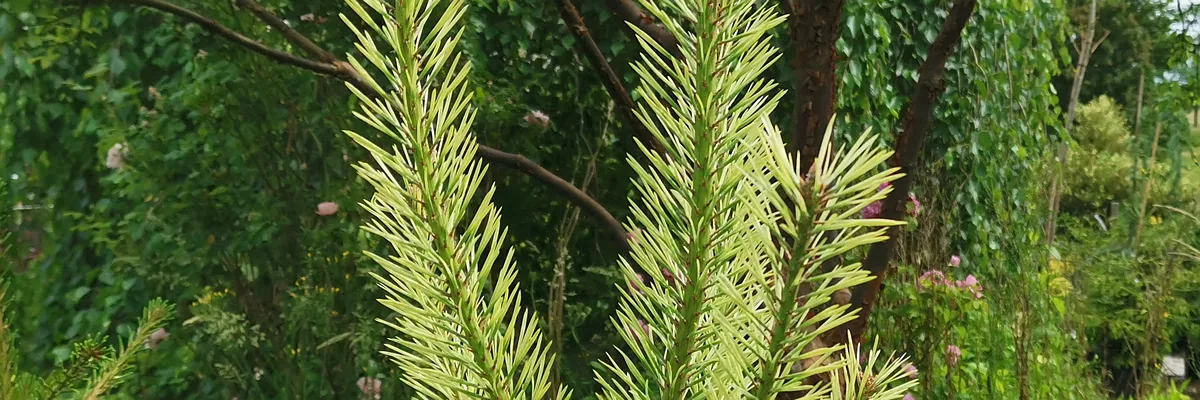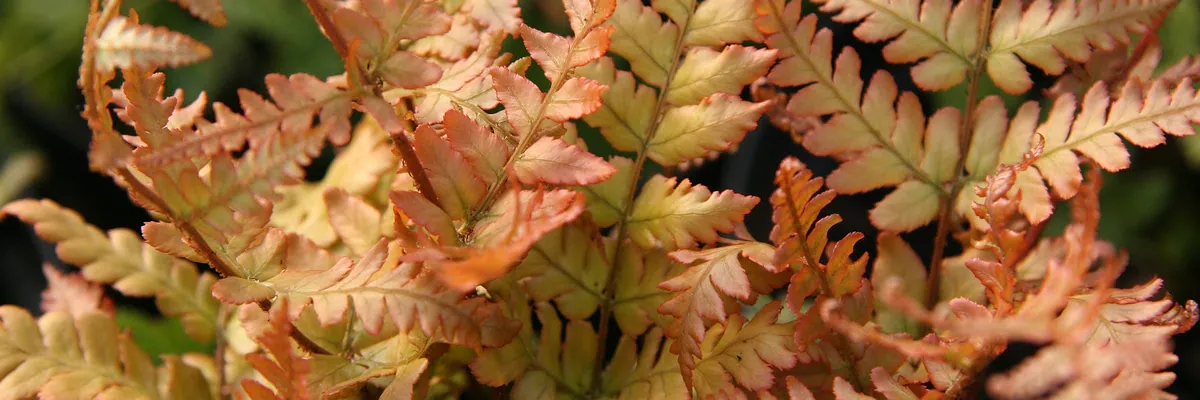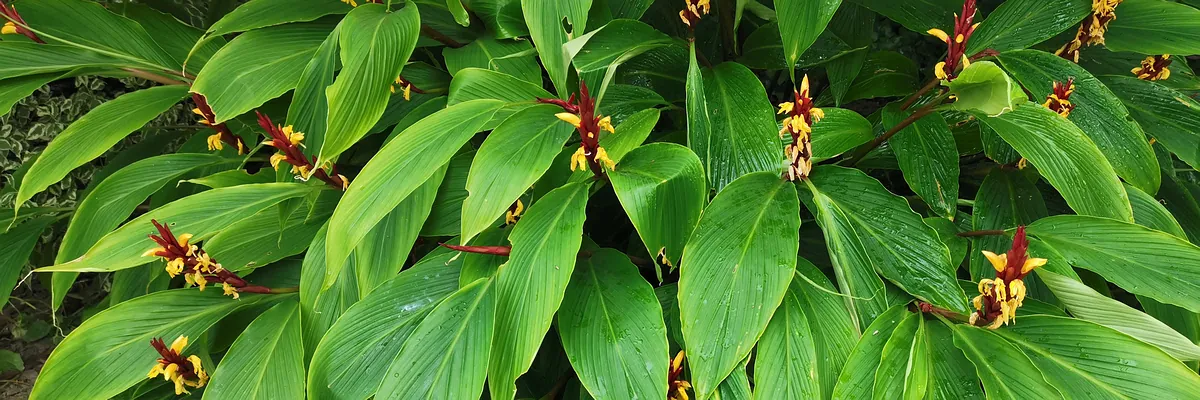Tag: plants for collectors
-

CERCIDIPHYLLUM japonicum
More commonly known as the caramel tree, CERCIDIPHYLLUM japonicum ranks among the stars of fall. As soon as its leaves begin to fall, they give off a sweet caramel scent throughout the garden. On the three photos above, we can see the green foliage with its red petioles, then the foliage that begins to color…
-

PINUS sylvestris ‘Candlelight’
PINUS sylvestris ‘Candlelight’ is an extraordinary Scots pine that will not exceed 3 to 4 meters. In spring, when the new shoots arrive, the magic begins. Creamy white in color, they form an important contrast with the needles of the previous year, which have turned green after a few months of performance. Its compact shape…
-

VIBURNUM hillieri ‘Winton’
For lovers of scented plants, VIBURNUM hillieri ‘Winton’ is the dream plant. You don’t have to put your nose to the flower to smell its fragrance. Quite the contrary, when the plant has sufficiently grown, its scent of honey perfumes over tens of meters of your garden in spring for more than a month. Then…
-

DRYOPTERIS erythrosora
DRYOPTERIS erythrosora is a wonderful fern all year round and really stands out from other ferns. It is above all a form with evergreen foliage which is totally resistant to cold. The spring foliage starts out pink, then takes on an orange color (see photo) and ends up green. You can use it as a…
-

CAUTLEYA spicata
CAUTLEYA spicata is part of the ginger family. This herbaceous plant copes perfectly with the climate of our region. In the category original plants, it really has its place. For starters, its sword-shaped foliage is very decorative. Then, its yellow/orange flowering is spectacular. Finally, its tropical look brings an exotic effect to the garden. How…
-

PICEA abies ‘Pusch’
PICEA abies ‘Pusch’ belongs to the marvelous plants. In the spring, it develops its new bright red cones on the tips of bright green spring shoots. Afterwards, the cones will turn pink (see photo) and then brown once mature. Then they will remain on the plant until the new cones appear and the cycle will…
